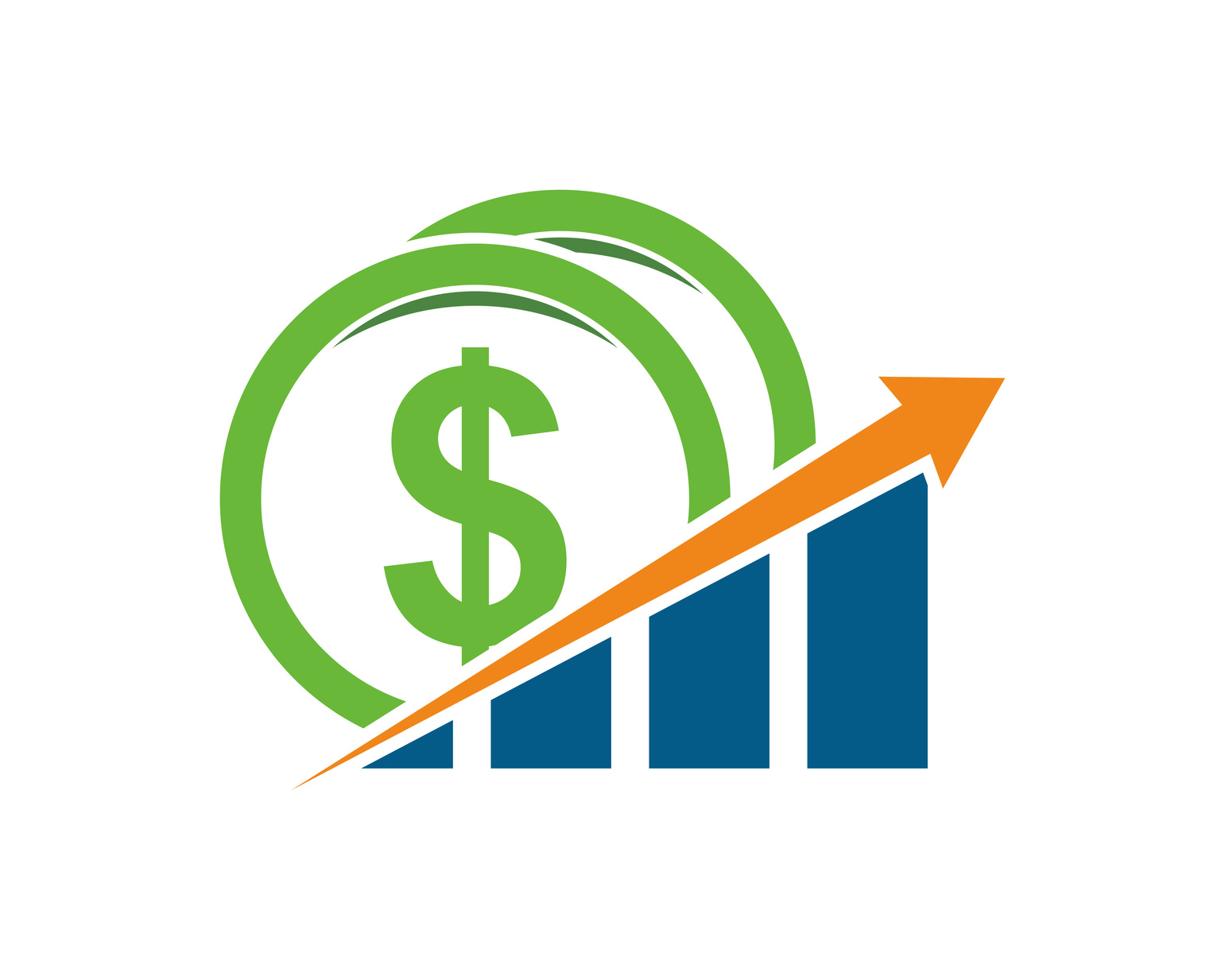IRA Rates by Bank
Types of IRA Accounts
Traditional, Roth, and SEP IRAs offer unique frameworks for retirement savings. Each type caters to different needs and strategies for long-term savings.
Traditional IRA
- Contributions may be tax-deductible depending on income, filing status, and workplace retirement plan coverage
- Earnings grow tax-deferred until withdrawal
- 2023 contribution limit: $7,000 if under 50, $8,000 if over 50
- Required Minimum Distributions (RMDs) start at age 72
Roth IRA
- Contributions made with after-tax income
- Qualified withdrawals in retirement are tax-free
- 2023 income limits: Single filers must earn <$146,000, joint filers <$230,000
- Contribution limits match Traditional IRAs
- No RMDs
SEP IRA
- Designed for small business owners and self-employed individuals
- Contribution limit: Lesser of 25% of compensation or $69,000
- Contributions are tax-deductible and grow tax-deferred
- RMD rules apply at age 72
Eligibility and Contribution Limits: Traditional IRAs require earned income.
